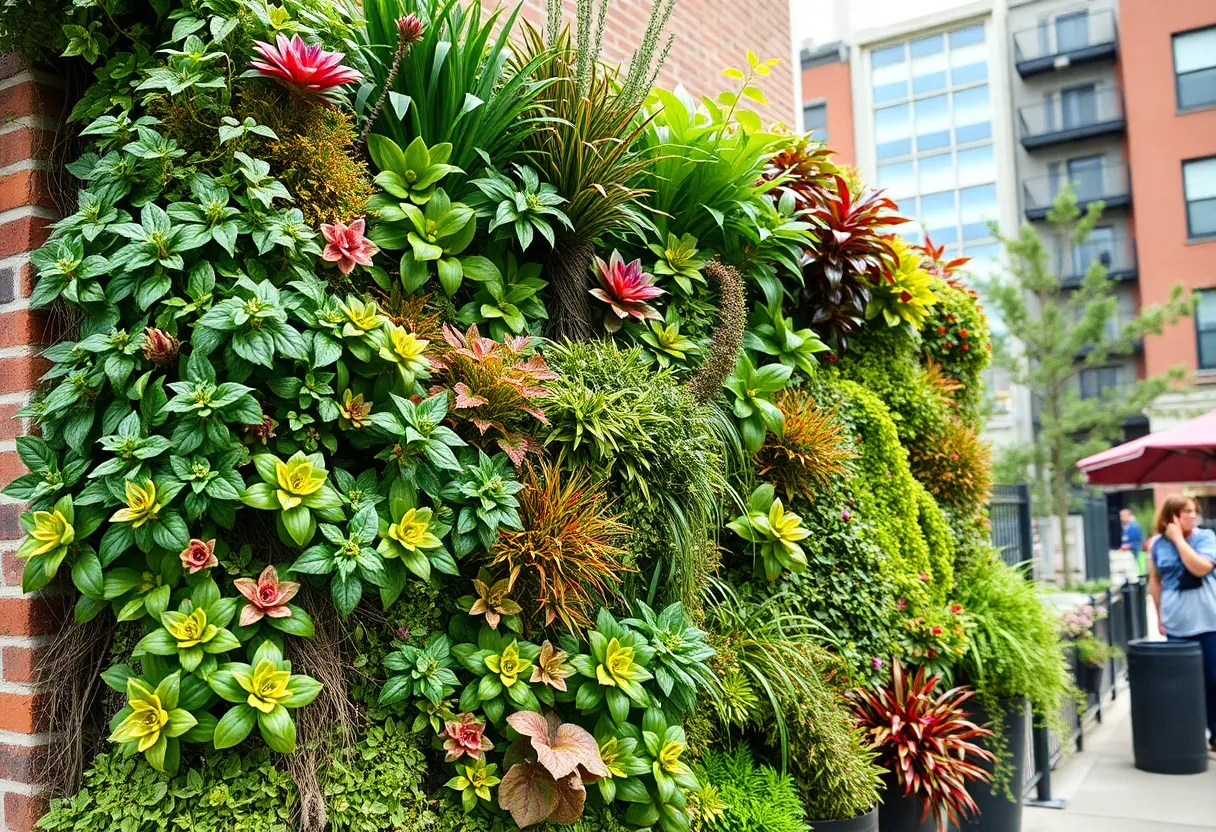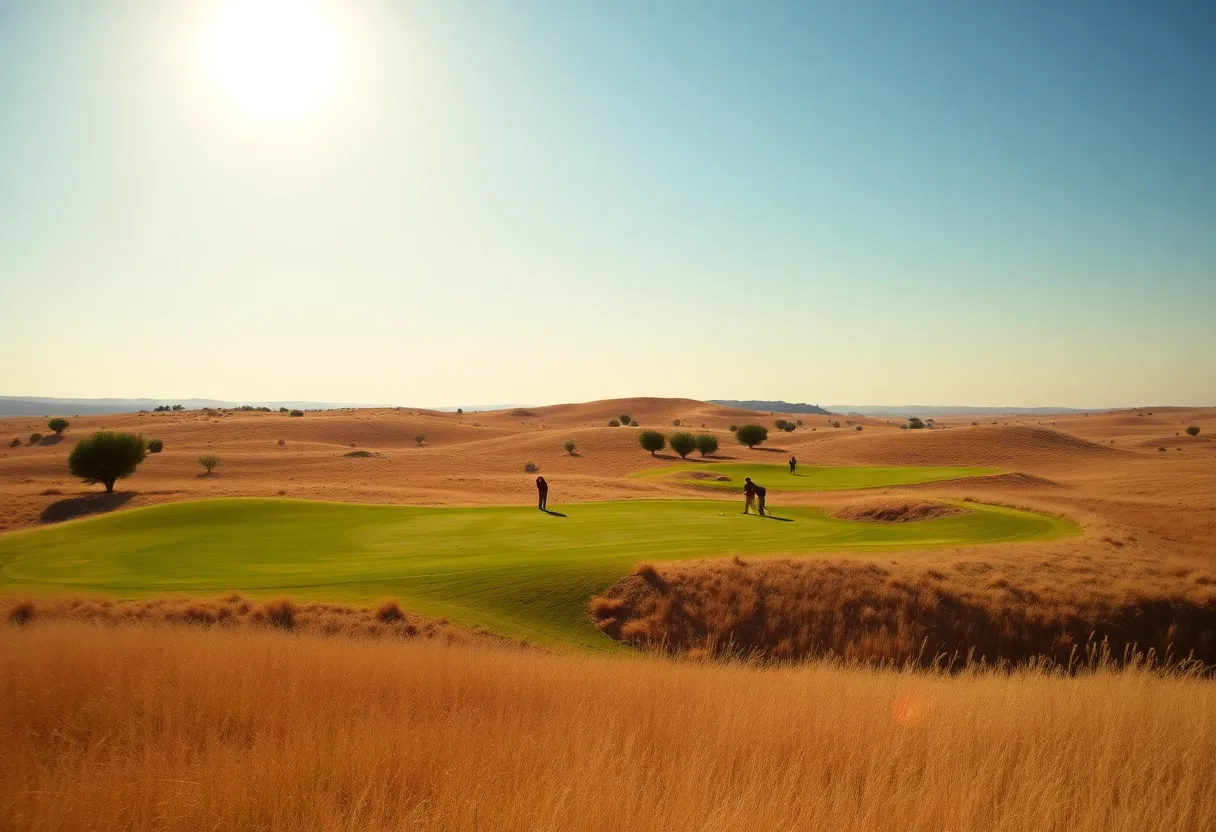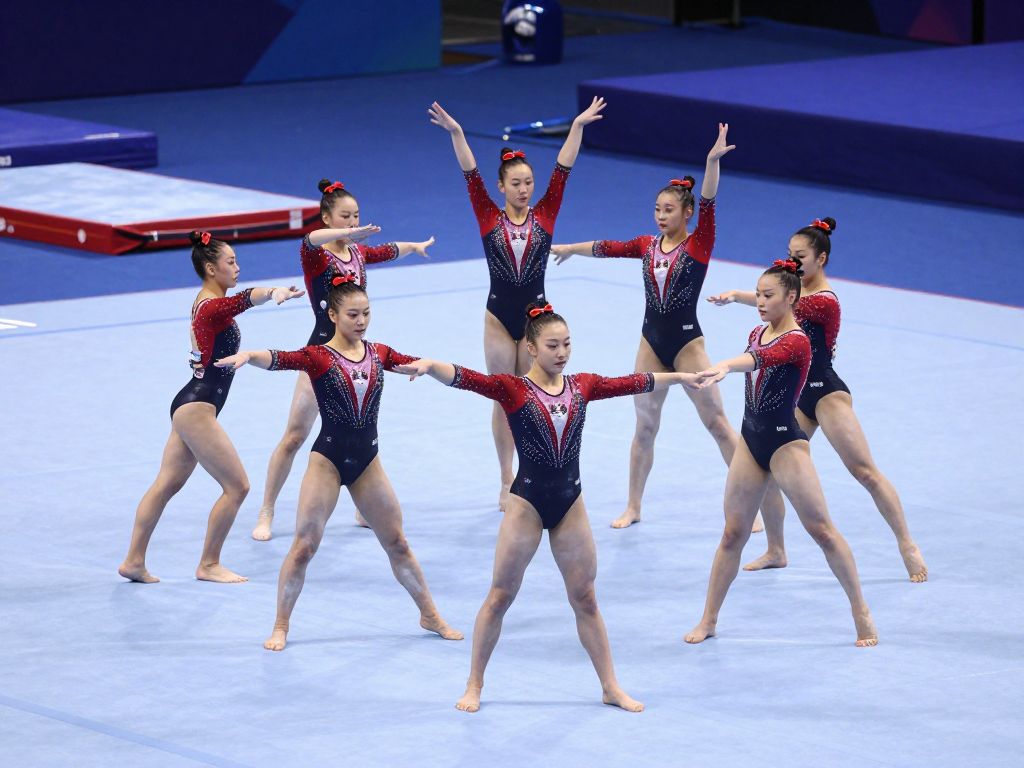How to Create a Beautiful Shade Garden in Philadelphia’s Urban Landscape
Introduction
Transforming a shaded area in Philadelphia’s urban environment into a lush, vibrant garden is a rewarding endeavor. Despite the challenges posed by limited sunlight, urban pollution, and compacted soils, selecting the appropriate native, shade-tolerant plants and employing strategic design principles can vastly improve these spaces. A well-designed shade garden not only enhances visual appeal but also contributes to ecological benefits by supporting local wildlife and improving air quality.
Understanding Philadelphia’s Shade Conditions
Philadelphia’s urban landscape presents specific challenges for shade gardening. Many shaded areas under trees, buildings, or structures often receive less than four hours of direct sunlight daily. These conditions lead to *limited photosynthesis*, impacting plant growth. Soil quality can be compromised due to urban compaction, which restricts root development and moisture retention. Additionally, pollution from vehicle emissions and industrial activity can create stress for plants.
However, native plants have evolved to thrive in similar conditions. *Understanding the specific light, soil, and moisture levels of your site allows for better plant selection and successful establishment*. Monitoring these conditions over different seasons helps in tailoring maintenance routines and plant choices appropriately.
Choosing the Right Shade-Tolerant Plants
Successful shade gardening hinges on selecting plants naturally adapted to low-light conditions. Native species are often the best fit, as they are resilient and require minimal supplemental resources. Here are highly recommended categories and specific plants:
Perennials
- Hostas: Known for their broad, textured leaves that come in shades of green, blue, and gold, hostas are virtually indestructible once established. They flourish in Pennsylvania’s soils, especially in shaded beds, and only improve with age.
- Astilbe: Produces feathery plumes of pink, white, or red flowers in moist, rich soil. It prefers less afternoon sun, making it ideal for shaded borders.
- Ferns: From maidenhair to royal ferns, these plants thrive in deep shade. Their lacy, prehistoric foliage adds texture and softness to a garden space. Keep soil moist for optimal growth.
- Solomon’s Seal: Elegant arching stems with dangling, bell-shaped flowers in spring. It adds a graceful, understated presence in shaded spots.
- Wild Ginger: Native groundcover with heart-shaped leaves and hidden, quirky flowers. It prefers full to part shade, functioning well as an understory plant.
Ground Covers
- Barren Strawberry: A native groundcover resembling wild strawberries. Forms dense mats, suppresses weeds, and spreads through shaded areas, including beneath trees.
- Foamflower: Features frothy, white spring blooms and attractive foliage that can be variegated or mottled. It covers the ground with minimal maintenance.
- Mayapple: Spreading across shaded forest floors, Mayapple exhibits umbrella-like leaves and produces white flowers, turning into yellow fruits late summer.
Shrubs
- Summersweet (Clethra alnifolia): Tolerant of shade and moist soils; offers fragrant summer blooms and supports pollinators. Ideal for border planting and screens.
- Beautyberry (Callicarpa americana): Recognizable for its vibrant purple berries, it supports local wildlife and adds dramatic color late in the season.
- Spicebush (Lindera benzoin): Early spring yellow flowers and red berries in autumn, attracting birds and insects.
Vines
- Coral Honeysuckle (Lonicera sempervirens): Bright orange-red flowers attract hummingbirds; thrives in sun/partial sun with moist soil.
- Trumpet Creeper (Campsis radicans): Provides striking tubular flowers; prefers similar growing conditions as Coral Honeysuckle.
Designing Your Shade Garden
Design principles are essential for creating a balanced, inviting space that emphasizes both aesthetics and functionality:
- Layering: Arrange plantings with tallest species at the back or in the center, progressively shorter plants towards the front or edges. This adds depth and visual interest.
- Pathways: Incorporate winding pathways using mulch, gravel, or stone to guide movement and connect different areas. Elevated or stepping stone paths work well without overshadowing plants.
- Focal Points: Install features such as a birdbath, sculpture, or a bench to create emphasis and inviting spaces for reflection or relaxation.
- Color Palette: Select hues that harmonize with your home’s exterior and surroundings. Use contrasting colors sparingly for focal points.
- Seasonal Interest: Choose plants that offer beauty across seasons—evergreen foliage, spring blooms, fall berries, and winter structure—to maintain year-round appeal.
Maintenance Tips
A low-maintenance garden requires strategic care:
- Watering: Consistent, deep watering is essential, particularly during dry summer periods. Use drip irrigation or soaker hoses to reduce evaporation.
- Mulching: Apply organic mulch such as shredded bark or leaf mold to conserve soil moisture, suppress weeds, and regulate soil temperature.
- Pruning: Remove dead or diseased stems at the correct time to promote healthy growth. Spring pruning stimulates new growth for many perennials.
- Fertilizing: Use organic compost or balanced slow-release fertilizers to improve soil quality without harming beneficial soil organisms.
- Pest Control: Enhance natural pest management by encouraging beneficial insects. Use organic, environmentally friendly methods when necessary; avoid broad-spectrum chemicals that can harm pollinators.
Additional Considerations for Philadelphia’s Urban Shade Garden
Philadelphia’s climate features humid summers and cold winters. Select plants that are cold-hardy and adaptable to local conditions. Incorporate a mix of evergreen and deciduous species for seasonal variation. Remember to assess soil type and amend as needed—adding compost improves fertility and drainage. Incorporate rain gardens or water features where feasible to manage runoff and add ecological diversity.
Conclusion
Creating an attractive, sustainable shade garden in Philadelphia’s urban environment is feasible with strategic planning. Prioritize native, shade-tolerant plants, smart design, and sustainable maintenance practices. The result is a lush, functional space that enhances your property and supports local ecosystems. With patience and care, your shade garden can flourish year-round, providing beauty and tranquility amidst city life.
Frequently Asked Questions
What are the best native plants for shade gardens in Philadelphia?
Plants such as Hostas, Ferns, Astilbe, Wild Ginger, and Mayapple are excellent choices. They are adapted to local conditions, require minimal maintenance, and support native wildlife.
How can I improve soil quality in urban shade gardens?
Incorporate organic compost and mulch regularly to boost soil fertility and improve drainage. Conduct a soil test to identify deficiencies and amend accordingly.
What design strategies enhance a shade garden’s appeal?
Use layering with plants of varying heights, incorporate pathways, add focal points, select a harmonious color palette, and ensure year-round interest with diverse plant selections.
How do I maintain a shade garden with minimal effort?
Implement consistent watering, mulch to conserve moisture, prune dead or diseased growth, apply organic fertilizers, and rely on native plants that require less input over time.
Feature Comparison Chart: Creating a Shade Garden in Philadelphia
| Aspect | Details |
|---|---|
| Best Plant Types | Native perennials, groundcovers, shrubs, and vines suitable for low-light conditions. |
| Design Approach | Layered planting, pathways, focal points, harmonious color schemes, and seasonal interest. |
| Soil Preparation | Amend with organic compost, mulching, and soil testing to optimize fertility and drainage. |
| Maintenance Focus | Consistent watering, mulching, pruning, organic fertilization, and encouraging beneficial insects. |
| Climate Consideration | Choose cold-hardy, native plants adapted to Philadelphia’s humid summers and cold winters. |
Author: STAFF HERE PHILADELPHIA WRITER
The PHILADELPHIA STAFF WRITER represents the experienced team at HEREPhiladelphia.com, your go-to source for actionable local news and information in Philadelphia, Philadelphia County, and beyond. Specializing in "news you can use," we cover essential topics like product reviews for personal and business needs, local business directories, politics, real estate trends, neighborhood insights, and state news affecting the area—with deep expertise drawn from years of dedicated reporting and strong community input, including local press releases and business updates. We deliver top reporting on high-value events such as Mummers Parade, Philadelphia Flower Show, and Thanksgiving Day Parade. Our coverage extends to key organizations like the Greater Philadelphia Chamber of Commerce and United Way of Greater Philadelphia, plus leading businesses in telecommunications, food services, and healthcare that power the local economy such as Comcast, Aramark, and Children's Hospital of Philadelphia. As part of the broader HERE network, we provide comprehensive, credible insights into Pennsylvania's dynamic landscape.





